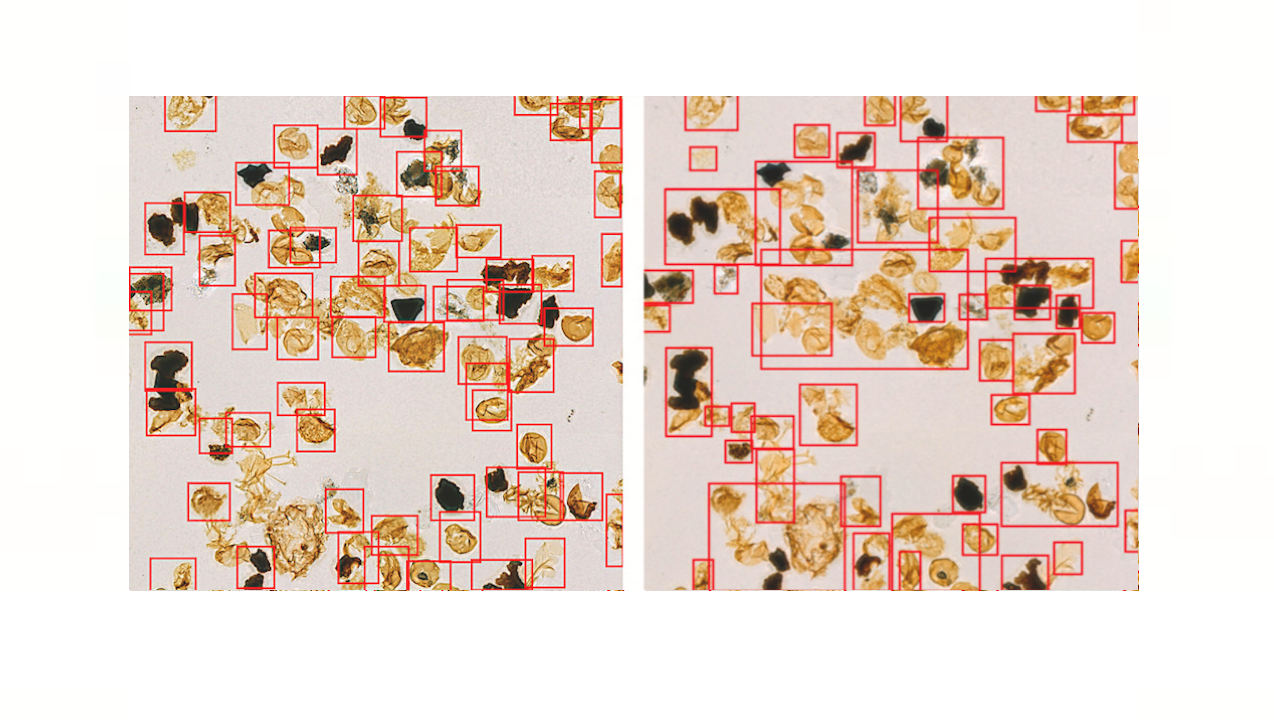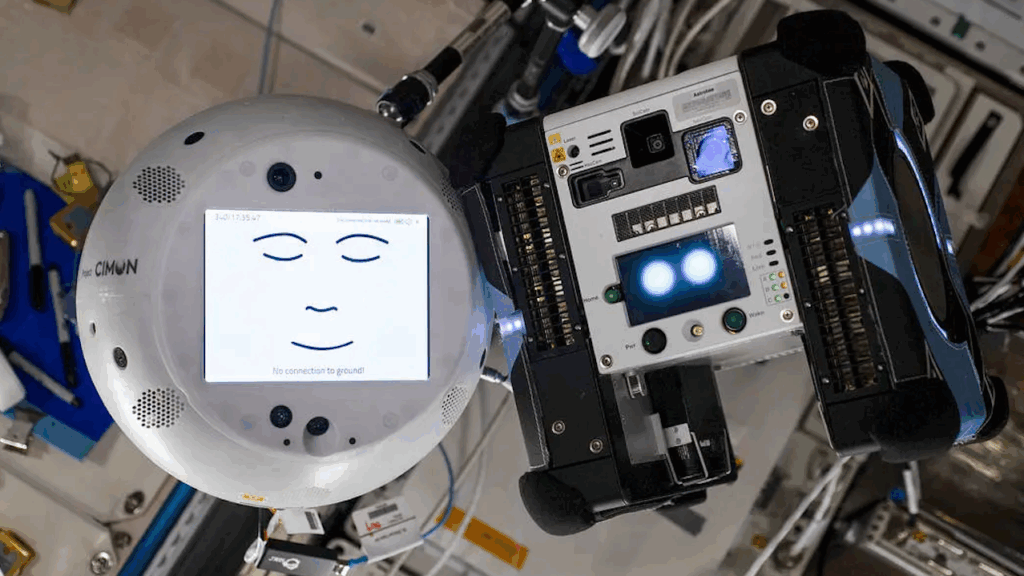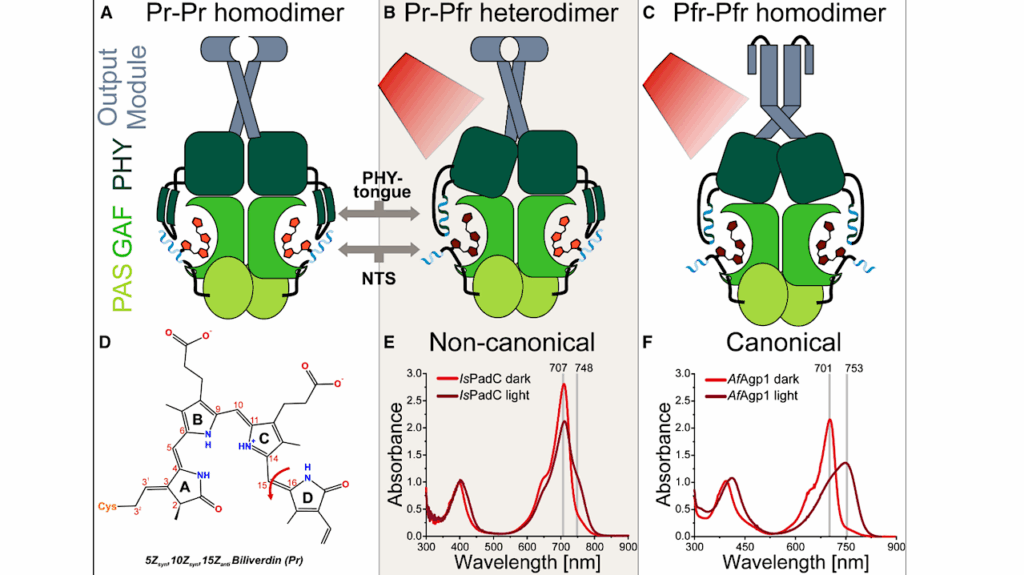Tricorder Tech: A Novel AI Algorithm For Analyzing Microfossils

Editor’s note: the two large rovers NASA has in operation on Mars utilize AI – or Machine Learning – both on Earth and in some cases inside a rover itself on Mars. As we seek out biosignatures and evidence of past life (fossils) or present life imaging will play an important role. Even on Earth a practiced human eye cannot always catch obvious indications on a field trip – and when it comes to microscopy – only a microscope will do. And that still takes time to sort out what is being seen and what it all means. This research shows how Machine Learning can automate that process and do so with greater efficiency than humans can – on Earth. This is exactly what future robotic explorers will need. Not only will it help the rovers find the things they are looking for, but they can do so more efficiently and send data back to Earth that has already been parsed and analyzed. And when we send humans to assist the robots they will also benefit greatly from such analytical tools to take the search even further. This research is being conducted at vast distances with communication limits. Placing the intelligence needed to conduct and modify the course of research – albeit human and/or machine – onsite can only serve to hasten and enhance the search for life.
Microfossil analysis allows us to map the subsurface and understand past geological times. In research labs all over the world geologists spend countless hours looking through the microscope identifying and counting microfossils extracted from sedimentary rock below the seabed. The analysis is time-consuming but important, as the species distribution tell a great deal about the geological time period of sedimentary layers from the subsurface, as well as the climatic conditions at the earths surface at the time when these microfossils were formed.

From left to right: from a microscope slide, an object detection algorithm is adapted to detect individual crops (shown in with red bounding boxes). The detected crops are then used to train a feature extractor self-supervised (SSL stands for Self-Supervised Learning). Finally, the feature extractor is used on a small dataset of labeled samples to train a lightweight classifier supervised. This final classifier is trained with the features coming from the feature extractor and not directly with the images. — Science Direct
In a recent study published in the KeAI journal Artificial Intelligence in Geosciences, researchers at the machine learning group at University of Tromsø (UiT) The Arctic University of Norway created an advanced method for automatically detecting and analyzing microfossils from microscope images using AI. The team, in collaboration with industry partner Equinor, presented a method for automatic microfossil detection and analysis.
“This work shows that there is great potential in utilizing AI in this field,” says researcher Iver Martinsen, first and co-corresponding author of the study. “By using AI to automatically detect and recognize fossils, geologists might have a tool that can help them better utilize the enormous amount of information that wellbore samples provide”.
Microfossils are found in vast amounts everywhere, but the time and expertise required to analyze the data means that only a fraction of the available fossils are analyzed. The method the researchers used are based on state-of-the-art AI methodology — training an AI model completely without annotations, utilizing the large pool of raw data provided by the Norwegian Offshore Directorate.
“We used AI to detect fossils from one selected well on the Norwegian continental shelf, and in turn use 100,000 of the detected fossils to train a model for image recognition,” shares Martinsen.
To evaluate how well the model performs, the researchers tested the model by classifying several hundreds labeled fossils from the same well.
“We are very happy with our results. Our model exceeds previous benchmarks available out there. We hope that the present work will be beneficial for geologists both in industry and academia,” adds Martinsen.

Labeled crops. Examples of labeled crops. The description refers to the original annotation. The genus which was used for the class name is shown in parenthesis. A: Inaperturopollenites hiatus (Inaperturapollenites). B: Areosphaeridium diktyoplokum (Areosphaeridium). C: Glaphyrocysta sp. (Glaphyrocysta). D: Spiniferites manumii (Spiniferites).– Science Direct

Comparison of methods. Comparison of methods. Left: Machine learning approach. Right: Pipeline of standard image processing methods. More fossils are separated with the machine learning approach.– Science Direct
Researchers develop novel AI algorithm for analyzing microfossils, Artificial Intelligence in Geosciences, Science Direct (open access)
Astrobiology








